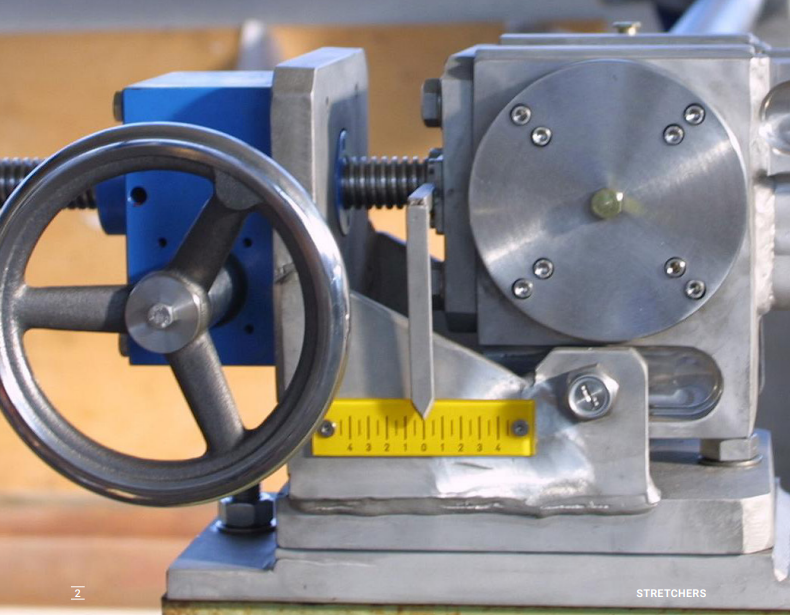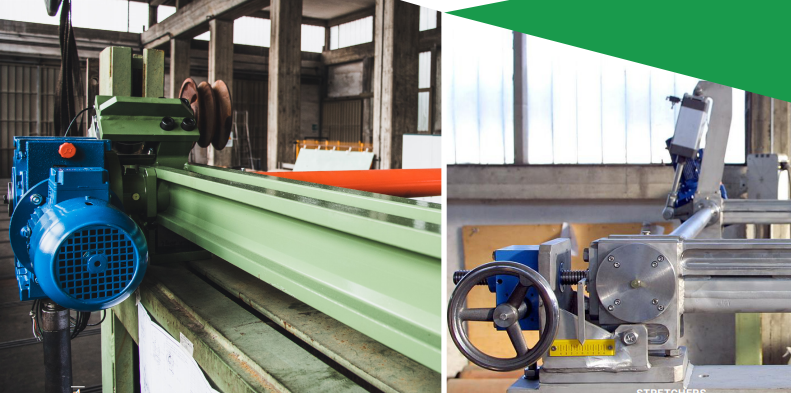STRETCHERS

Description
- the position in the paper machine
- the choice of the best material
- the necessary precision of control / adjustment
- the width of the paper machine

Specifications
The stretchers, typically used on fourdrinier machines, are made of stainless steel, while others can be made either of stainless steel or carbon steel respectively for the press section or the dry end. Both machines can be manually or automatically operated. The automatic tension control for felt/wire can be both electronic (with a load cell) and pneumatic (torpress or pneumatic cylinders), depending on the precision needed and the paper machine section.
The electronic stretch-compensators have the following advantages:
- less steam consumption in the dry-end
- fewer paper breaks
- better conditions for tail passage
- longer life for felt / wire
- longer life for bearing
- better paper quality
The felt / wire line adjustment in the stretch-compensators is carried out by a screw-jack which limits the adjustment field of the roll and at the same time measures its misalignment. This adjustment can be manual or motorized and the measure of misalignment can be visual or remote-controlled for the sections of the machine which are less accessible.
